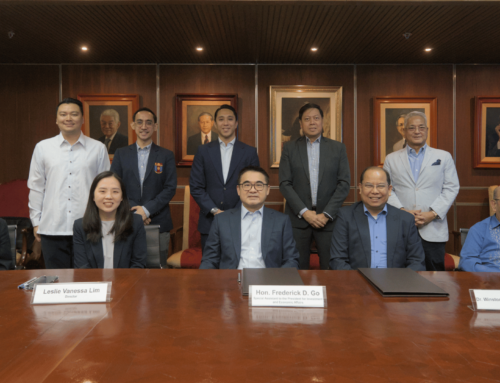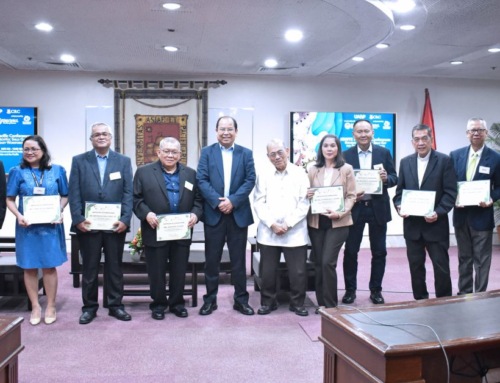Remittances are funds transferred by migrants to their home country or private savings of overseas foreign workers (OFWs) spent within their home country. Many developing nations, including the Philippines rely on remittances as a source of funds that form part of the country’s overall domestic production or Gross Domestic Product (GDP).
Generally, OFWs send more money in times of distress. During the COVID-19 pandemic, many OFWs got laid off and thus, they were not able to send money to their families in the Philippines. It was in July 2020 when economies started to open up and when they started sending remittances once again.
OFW remittances remained a relevant topic. Aside from the relationship between remittances and the country’s GDP, it also has effects on household consumption. Second, remittances also affect national savings. As part of a big pool of resources for investment, a significant portion of remittances can be used for savings and in the long run, lead to prominent economic growth.
The relevance of remittances was definitely exhibited during the COVID-19 pandemic. A study on exponential generalized autoregressive heteroskedastic (EGARCH) regression procedure showed how remittances acted as a leverage during hard times. The EGARCH is a model based on a study that focused on the necessity of financial inclusion for enhancing the economic impact of remittances. Results from the simulated model showed that remittances cushioned GDP, household consumption and national savings. Although the world experienced external shocks, remittances remained resilient, acted as a leverage during these hard times and cushioned the Philippine economy.
GDP and Cash vs. Non-Cash Remittances
GDP is heteroskedastic or takes on different behaviours as a result of changes in economic situations. However, in a study entitled OFW Remittances, The Macroeconomy and COVID-19, conducted by a team of CRC researchers headed by CRC’s Consultant for Migration and Overseas Filipino Work, Dr. Jovi Dacanay, the EGARCH model was able to simulate an equation that resolved the problem of heteroskedasticity. Based on the team’s analysis, cash remittances lessen volatility in GDP, and help in household consumption smoothing by ensuring a balance between spending and saving during different phases in our lives.
On the other hand, non-cash remittances do not affect national income accounts right away, since they do not enter the country through banks. Instead, they tend to go straight to households in the form of balikbayan boxes or through online wallets such as Pera Padala or GCash. Cash sent through online wallets need not be withdrawn and can be used to directly pay for household purchases. Despite the lockdowns that took place during the pandemic, households no longer need to line up in banks.
National Savings and Cash vs. Non-Cash Remittances
When it comes to national savings, cash and non-cash remittance play opposite roles. Cash remittances have a negative impact on savings, for the reason that cash kept in the banks are utilized for their necessities. As for non-cash remittances, they act supplementary to households’ necessities since these keep bank savings untouched. As for online fund transfers, the fact that they do not go through banks keeps money in the bank untouched and thus still results in growth in savings.
Interested in this study? Learn more about CRC’s contributions in Migration and Overseas Filipino Work. In this field, CRC has brought about in-depth insight into the lives of the millions Filipino migrant workers whose contributions make a sizeable chunk of the Philippine economy – from their education and recruitment in the Philippines to their concerns and life strategies while working overseas, to their successful reintegration upon returning to the country.
We’ll help you get started. Talk to us.
———————————————————–———————————————————–
The Bank of the Philippine Islands (BPI) Foundation, Inc., established the BPI Professorial Chair for Migration and Overseas Filipino Work (MOFW) on February 3, 2014. For years, the holder of the professorial chair has been undertaking intensive research on migration and development to guide policy makers, and publish teaching resource materials on the integration of migration into the K-12 Basic Education Curriculum subjects.
The Center for Research Communication (CRC) is the research and consultancy link to Philippine business opportunities, uniquely poised to help you with business feasibility evaluation, demand and supply analysis, partnership development, project impact evaluation, value chain analysis, customized solutions for design thinking, data analytics and insights generation, and development of business strategies, and consultancy services for investors in Philippine market.
To find out more about CRC, send an email to [email protected], or follow us on LinkedIn. You can also find us on Facebook.





